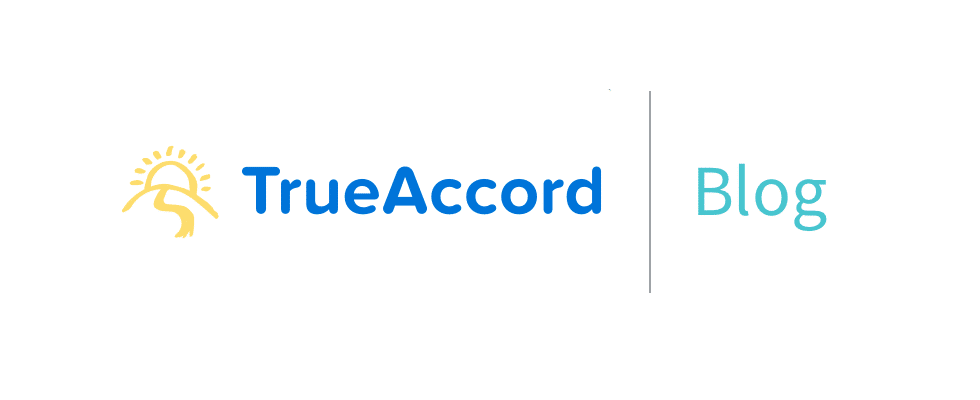
Delinquencies are a predictable reality for any business that handles payments, but the most efficient and effective way to recover delinquent funds isn’t always as predictable.
A recovery team could theoretically chase down every last delinquent dollar. But it would soon reach the point at which the operational cost of the effort – and the associated legal and reputational risk – would cut into profitability.
With so many factors involved, it can be difficult to even know where to start…
The planning process should start with an in-depth understanding of what makes a world-class recovery strategy in today’s digital-first age, a look at the big picture for your specific industry all the way down to your detailed metrics, and KPIs that should be steering your strategy. Consumers expect a seamless, personalized experience in every financial transaction, and your recovery operations can continue to deliver that all the way through the customer journey when you have the right strategy in place.
There is no one-size-fits-all when it comes to debt recovery and collection, but getting started doesn’t have to be daunting when you have the right resources to get you going.
Beyond Best Practices and into Actionable Tactics
Go beyond general best practices and start plugging in your own data with the tools inside our new Recovery & Collection Starter Kit. We have assembled guides, calculators, cheat sheets, and more to provide the frameworks and metrics for your organization to get started architecting the right recovery strategy for the long run.
Each starter kit includes:
- World-Class Recovery Guide — pick your industry edition!
- Manage delinquencies without sacrificing consumer experience
- Balance performance with operation metrics and consumer-focused KPIs
- Compare, contrast, and evaluate in-house vs partner collection strategies
- Cheat Sheet: Top KPIs for Your Recovery Operations
- Differences between traditional debt collection metrics, digital engagement tracking, operational KPIs, and more
- New consumer-centric KPIs for today’s most effective recovery strategy
- How to calculate profitability of a collection operation using operational metrics
- Interactive Recovery & Collection Calculator
- Enter your business’s KPIs to measure the profitability of your recovery
- Discover opportunities to improve the reach, resolution funnel, and cost effectiveness of your recovery operation
- Scenario plan how much in additional revenue and cost savings the shift to an intelligent, digital strategy can drive for your business
- Choosing a Recovery Partner: Top 6 Questions to Ask
- Detailed questions on communication, technology, risks, and more
- Why each question matters for both profitability and consumer-experience
- Based on each question, what to look for in a potential partner’s responses
Download your Recovery & Collection Starter Kit now>>
These tools will teach you how to maximize profitability by efficiently recovering money lent to customers or members—while simultaneously maintaining consumer loyalty. Now is the time for businesses across verticals to embrace a disruptive, obsessively consumer-centric mindset for recovery and collection, and experience the results of this new approach.